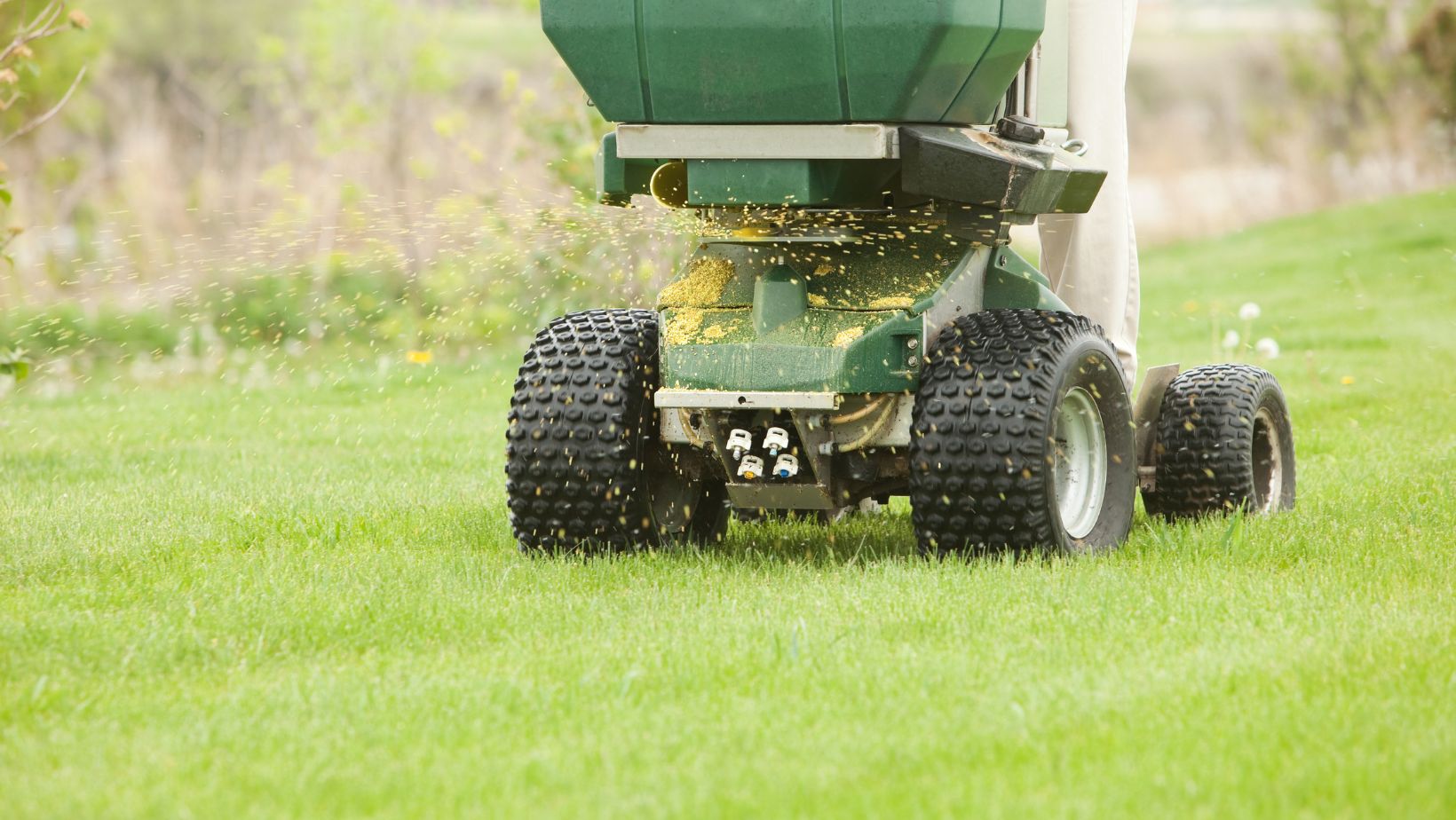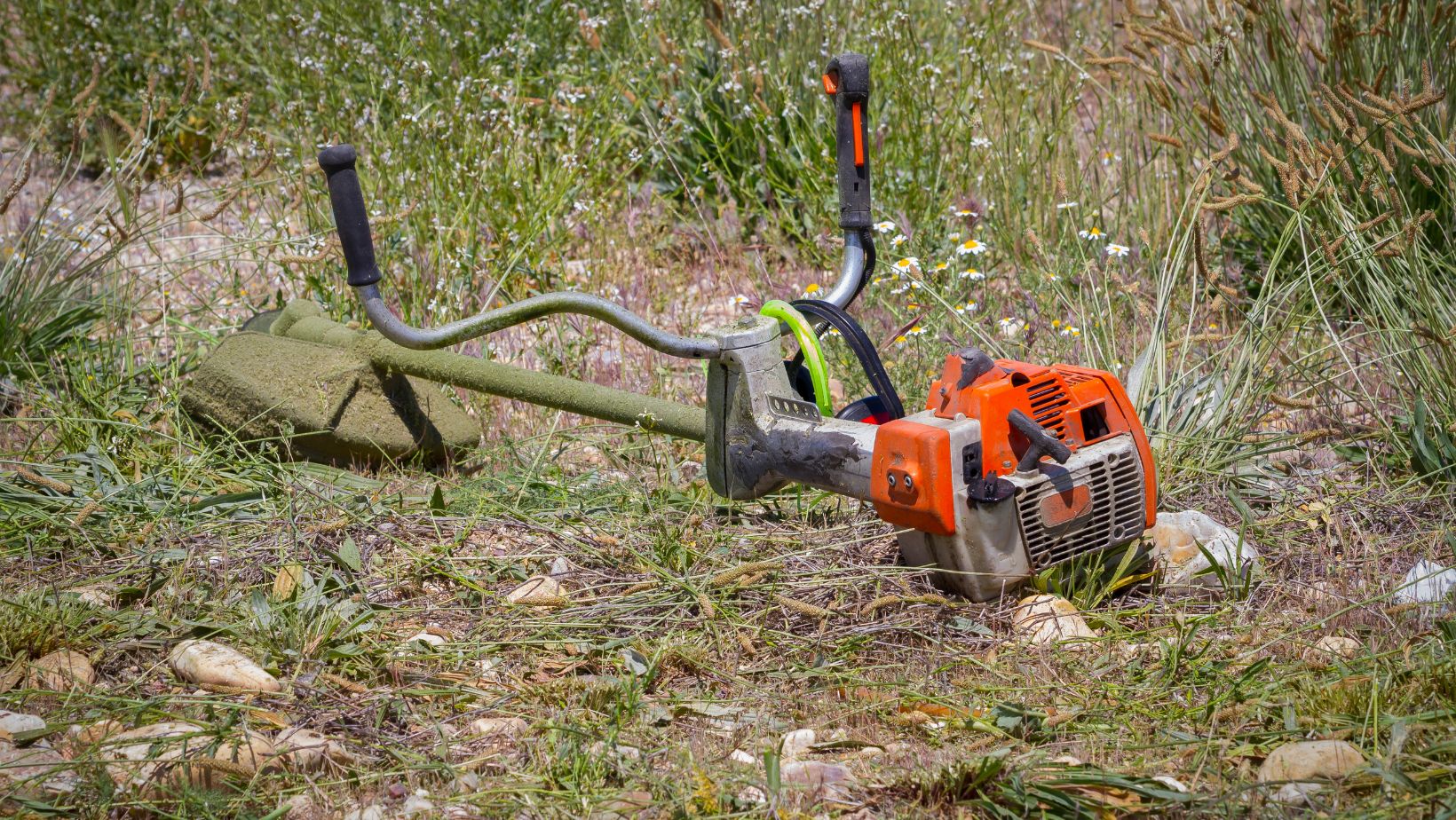A stunning, verdant lawn is the veritable ‘welcome mat’ to a beautiful home. It’s where children play, pets roam, and outdoor gatherings flourish.
Achieving and maintaining a lush, green turf requires diligent effort and knowledge. Even the most seasoned lawn enthusiast encounters problems from time to time.
This comprehensive guide provides solutions to the most common hiccups in the lawn fertilization and weed control process.
Timing is Key
Fertilizing and weed control go hand in hand when maintaining a healthy lawn. However, timing is crucial when it comes to applying these treatments. Many homeowners make the mistake of fertilizing or using herbicides at the wrong time, resulting in lackluster results or even damage to their lawns.
Lawn fertilization and weed control should be done in the early spring, just as the grass grows. This allows the nutrients from the fertilizer to be absorbed by the roots and helps prevent weeds from sprouting.
Testing Your Soil
Before applying any type of lawn treatment, it’s essential to know the pH level of your soil. A simple at-home test can determine if your soil is acidic or alkaline, significantly affecting the effectiveness of fertilizers and herbicides.
Most grasses thrive in slightly acidic soil with a pH range of 6.0 to 7.0. If your soil’s pH is below this range, you may need to add lime to raise the pH.
If it’s above this range, sulfur or other acidic substances can be used to lower the pH. A proper lawn care schedule should include regular soil testing to ensure your lawn receives nutrients.
Get Help From Professionals
If you’re still struggling with achieving a healthy and vibrant lawn, don’t hesitate to seek help from lawn care professionals. They have the knowledge and experience to assess your lawn’s needs and provide tailored solutions properly.
Professional lawn care services can also take care of regular fertilization and weed control treatments, saving you time and effort while ensuring your lawn is in top condition. If you need the best, visit Evergreengroundsmanagement.com.
Choosing the Right Products
Not all fertilizers and weed control products are created equal. It’s important to choose products that are specifically designed for your type of grass and climate. For example, using warm fertilizer on cool-season grass could damage your lawn.
When it comes to weed control, there are also different options available. Selective herbicides target specific weeds. They don’t harm the surrounding grass.
Non-selective herbicides will kill any vegetation they touch. Fertilizer burn can also occur if too much product is applied, so follow the instructions on the packaging carefully.
Water Wisely
Ensuring your lawn gets the right amount of water is crucial for the absorption of nutrients from fertilizers and for the overall health of your grass. It’s best to water your lawn deeply and less frequently rather than shallowly and often.
Early morning watering is recommended to reduce evaporation and allow water to soak deep into the soil, reaching the roots where it’s most needed. Typically, lawns require about 1 to 1.5 inches of water per week from rainfall or manual watering.
Learning the Proper Lawn Fertilization and Weed Control
Maintaining a healthy lawn requires a combination of proper timing, testing, and choosing the right products. By following these tips on lawn fertilization and weed control, you can achieve a stunning, lush lawn that will make your home even more inviting. With the proper knowledge and effort, you can have a beautiful lawn that will envy the neighborhood.
Need more ideas? Check out our other helpful articles on our website.







